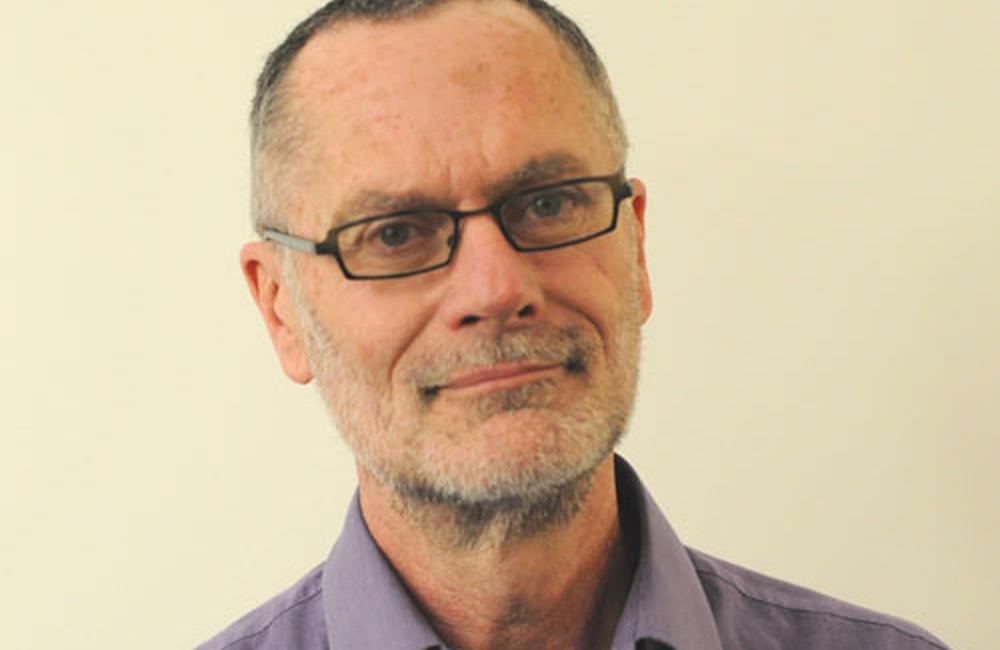
Some thoughts on the occasion of the final ever issue of HIV treatment update (HTU), from Paul Clift, patient representative at King’s College Hospital and the national HIV Clinical Reference Group. Paul's comments form part of a feature article, All change.
I was diagnosed with HIV in 1988 and became increasingly involved in the field of activism from the early 1990s following the death of my partner.
What has changed since then? Almost everything, it seems. The main change is in treatments: when I was diagnosed there were no treatments, now there are many. Not only that, the meds we now have are comparatively tolerable and easy to take. That is a very big change, hugely significant, because it means that a well-chosen first regimen can last for many years. I’ve not altered the regimen I started with seven years ago; it still does the trick with no noticeable side-effects.
That means that a person with HIV now has a good chance of living a good life. That is easily the biggest change. It’s now possible to do more than merely exist, more than clock up years of ‘long-term survival’; it’s possible to get out there and achieve things in life.
In terms of current challenges, the privatisation of the NHS is a potential one. The pharmacy at King’s has gone over to Sainsbury’s and the specialist HIV knowledge would have gone if we had not been able to keep it in the HIV outpatient clinic; still many, though not all, patients will have to traipse over to the new generic pharmacy to collect their meds.
As for national commissioning, the government was persuaded to let HIV remain ‘specialist’ and therefore a national rather than local priority, for clinical reasons – but that ‘national and specialist’ designation can change at any time. Also, the Clinical Reference Groups are thinly funded even now and one has to be pretty robust and insistent to get a community voice heard at all in an online virtual meeting.
The biggest change is still in the future, and it’s a change that we’re not prepared for. Thanks to the success of treating Timothy Ray Brown, the man cured of HIV, it is now possible to consider cure as a possibility.
The assumption is that such advances are ‘simply’ good when in fact they are ‘complicatedly’ good. The introduction of ART saw genuine advances in people’s health, but was accompanied by a significant level of mental health problems in people who by then had become massively bereaved by AIDS; the profound depression, with survivor guilt, close to being an acute post-traumatic stress response. None of us saw it coming. It hit some people hard, and continues to do so.
My fear is that when a cure does finally arrive, there will be a rush of people genuinely ready to take it (that’s the ‘simply’ good) but others may or will experience a resurgence of the bereavement-laden depression exacerbated by a failure to come to terms with their position (the ‘complicated’ good). And that raises my deeper question here: how much do we, as activists, really take good care of each other? It seems to me that the arrival of the cure will be less a time for ‘strong’ activism and more a time for ‘kinder, gentler’ activism that celebrates and reflects and also allows time for recovery.
For more information
The final issue of HIV treatment update is out now and available online at: www.aidsmap.com/htu
Paul Clift is patient representative at King’s College Hospital in south London, and one of the patient representatives on the national HIV Clinical Reference Group.
